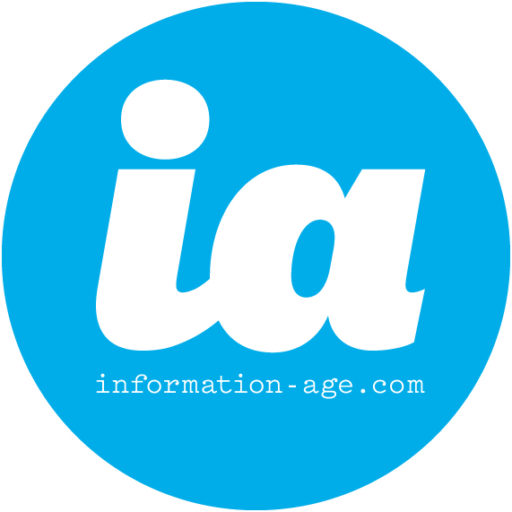Email is an invaluable – if occasionally clunky – tool for collaboration. But it is also a powerful medium for gossip, as researchers Georgia Institute of Technology’s School of Interactive Computing recently found.
They analysed over 500,000 internal emails from Enron, the corruption-riddled energy trading company, that were published during the US government’s investigation of the company.
Defining gossip as any message that mentioned an employee who was not copied in on the email, Tanushree Mitra and Eric Gilbert found that 15% of all emails sent in a five-year period contained gossip.
Commenting on the research, Gilbert said that gossip was not necessarily negative. "I would argue gossip’s got a bad rap," he said. "It’s the way we share information about people."
Nevertheless, while most of the gossip in the Enron emails was neutral in tone, far more was negative (37%) than positive (14%).
Gossip was common among employees of all ranks, they found, and most gossip took place within groups of the same rank. However, second-tier executives were the most likely to push gossip up the corporate hierachy, in their case sharing gossip with the company’s divisional CEOs.
Then there were the extreme gossipers, some of whom held the highest ranks in the organisation. "There are some CEOs within the corporation whose entire sent email folder contains gossip," Mitra and Gilbert wrote in their paper.
They suggest some practical applications of their research. For example, the finding that gossip is shared primarily within peer groups could be used to design software thats spot peer groups within an organisation.
Interestingly, there was a marked increased in email gossip in 2000 and 2001. As the authors point out, "these years witnessed several difficult-to-accept events: an energy crisis, a world economic recession and Enron’s own downfall". Could an uptick in email gossip be an early warning indicator that something is amiss?
Interesting Links
Does social collaboration really threaten corporate hierarchies?
Mitra and Gilbert’s research was not the first to analyse the Enron emails. Last year, organisational theorist Brandy Aven analysed emails discussing various projects – some legitimate, others connected to the underhand dealings that lead to the most explosive corporate corruption scandal in US history.
She found that while employees working on legitimate projects shared emails freely and in a peer-to-peer fashion, emails about underhand projects were tightly controlled by a core clique of employees. Aven’s conclusion was that this allowed the clique to make sure none of their co-workers knew enough about the projects to identify their wrong-doing.







